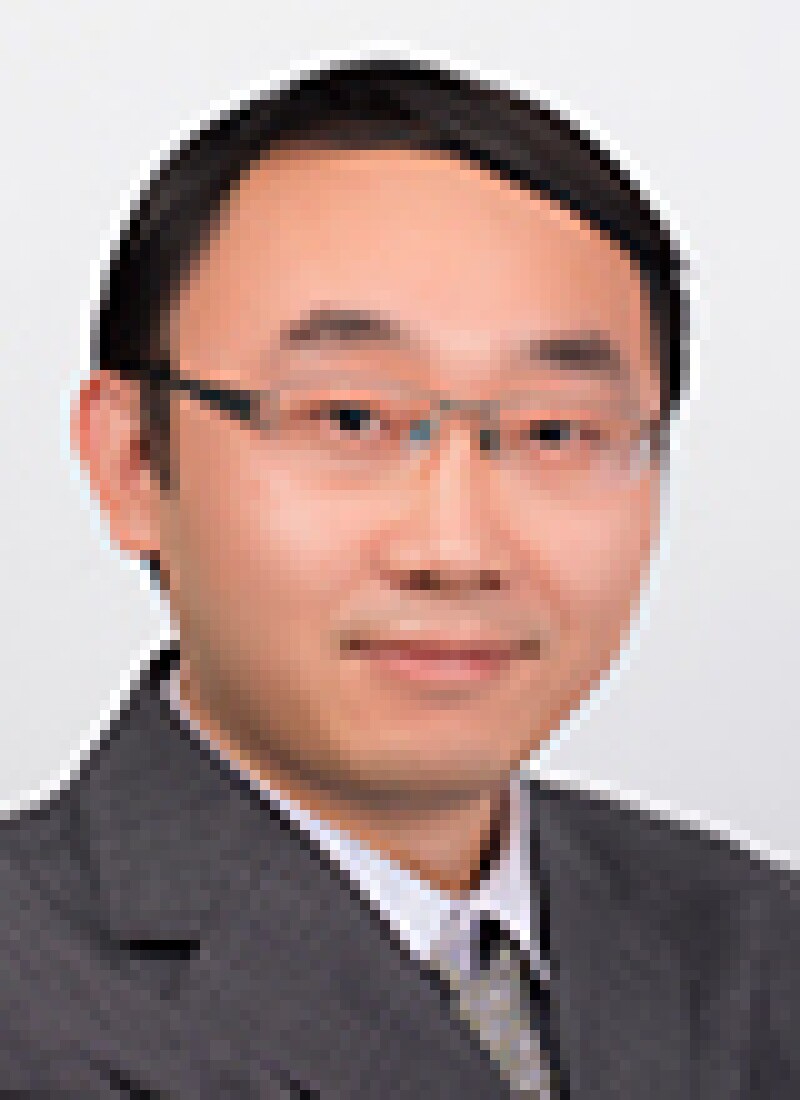Not all artificial intelligence (AI)-related innovations are suitable for patent protection. Some innovations with improved AI algorithms may not have a specific application field that can fit into the protection of patent, and some AI-related IP rights are not protected by the Patent Law, e.g. the data itself.
In these scenarios, the AI software owner may consider protecting it as a trade secret. Considering the nature of secrecy of trade secrets, the advantage of protecting AI algorithms or softwares in this form is that the ‘idea’ of products can be concealed.
On September 10 2020, the Supreme Court of China announced the judicial interpretation titled “Provisions of the Supreme Court on Several Issues Concerning the Application of Laws in the Trial of Civil Cases of Infringement of Trade Secrets” (hereinafter referred to as ‘new judicial interpretation’).
‘New judicial interpretation’ clarifies, specifically, the subject of protection, the burden of proof of the right holder, and the forms of act of ‘use’ to be deemed as infringement, for which an analysis is provided below along with related suggestions.
|
|
It affirms that software-related contents can be the subject of trade secret protection, and specifies the requirements for product novelty. |
|
|
Article 1
The structure, raw materials, components, formulas, materials, samples, styles, new plant variety propagation materials, techniques, methods or their steps, algorithms, data, computer programs and related documents related to technology can be determined by the court to constitute technical information referred to under Article 9, clause 4 of the Anti-Unfair Competition Law.
The algorithm, data, computer program and related documents in the above provision are typical elements involved in AI algorithm or software.
Article 4, paragraph 2
The new information formed after sorting, improving and processing the information known to the public meets the provisions of Article 3 of this interpretation, and it shall be deemed that the new information is not known to the public.
This indicates a low level of requirements on product novelty for trade secret related to data and information processing software.
Suggestion: For assets that may not be protected by copyright, such as big data, artificial intelligence algorithms, and databases, protection by trade secret is suitable for shielding the underlying technical scheme.
|
|
It emphasises the ‘reasonability‘ in the requirements of confidentiality measures, specifies the consideration of ‘substantially the same’, and eases the right holder’s burden of proof. |
|
|
Article 6
If one of the following circumstances is sufficient to prevent the disclosure of commercial secrets under normal circumstances, the court will determine that the right holder has taken corresponding confidentiality measures:
“(5) Taking measures such as prohibiting or restricting the use, access, storage and copying of computer equipment, electronic equipment, network equipment, storage equipment and software that can access and obtain trade secrets;
(6) Require the retired employees to register, return, clear and destroy the trade secrets and their carriers they have contacted or obtained, and continue to undertake the obligation of confidentiality”
The above indicates that, to be determined as having taking corresponding confidentiality measures, the right holder is only required to match one of the listed cases provided it is sufficient under normal circumstances.
Article 13
If there is no substantial difference between the alleged infringing information and the trade secret, the court may determine that the alleged infringing information and the trade secret constitute substantially same as stated under Article 32, paragraph 2 of the Anti-Unfair Competition Law.
The court may consider the following factors when determining whether they are substantially same as mentioned in the preceding paragraph:
“…(3) Whether there are substantial differences between the use, usage, purpose and effect of the alleged infringing information and trade secrets”
This allows the right holder to reversely presume and judge the consistency at the source code level based on the preliminary comparison of the interface similarity, function and effect of the target program, and further combine the decompilation results of the target program, thus further reducing the burden of proof on the right holder’s side.
Suggestion: Appropriate measures should be taken from a technical point of view to have employees or other persons leave traces of ‘contact‘ on the company's trade secrets.
Persons in contact with confidential materials must be required to sign confidentiality agreements and non-competition agreements in advance. Such agreements should include specific and clear terms on the contents and carriers of trade secrets.
An operational software version control system could make it easier to identify the ownership of rights, and it is also helpful in that a most similar version can be elected for the comparison of ‘substantially same’ items.
|
|
It defines the ‘use’ of trade secrets. |
|
|
Article 9
If the accused infringer directly uses trade secrets in production and business activities, or modifies or improves trade secrets, or adjusts, optimises or improves relevant production and business activities according to trade secrets, the court will determine that it belongs to the use of trade secrets as mentioned under Article 9 of the Anti-Unfair Competition Law.
This provision makes it clear that the degree of modification and improvement does not affect the nature of the infringement of ‘trade secrets’.
Suggestion: Protect software as a trade secret, so that the elements of behaviour of the alleged infringer are not as limited as in copyright infringement.

Jing Zhang
Patent attorney
Liu Shen & Associates
T: +86 10 6268 1616
E: jingzhangb@liu-shen.com Jing Zhang is a patent attorney at Liu Shen & Associates. Before joining Liu Shen & Associates, she worked as a software engineer at Telecommunication Research Institution of Samsung Electronics in South Korea for two years.
Jing specialises in patent application/inquiry, patent re-examination and invalidation, patent administrative and legal proceedings, and other matters related to IP rights.
Jing has a PhD from Shanghai Jiao Tong University.

Guang Hou
Patent attorney
Liu Shen & Associates
T: +86 10 6268 1616
Guang Hou is a patent attorney at Liu Shen & Associates. He specialises in patent prosecution, re-examination, patent invalidation, IP litigation, and client counselling with a focus on communication, computer networks, multimedia, electronics, and physics.
Guang has been providing legal opinions in litigation and consultation cases since 2011. In particular, he has worked independently in the fields of standard research, prior art searching, infringement analysis, and invalidation analysis in many cases. He is seasoned in FRAND licensing/infringement litigation and invalidation proceedings of standard-related patents.
Guang has a PhD from the University of Science and Technology of China (USTC). Before joining Liu Shen & Associates, he worked as a postdoctoral fellow at USTC for three years.











